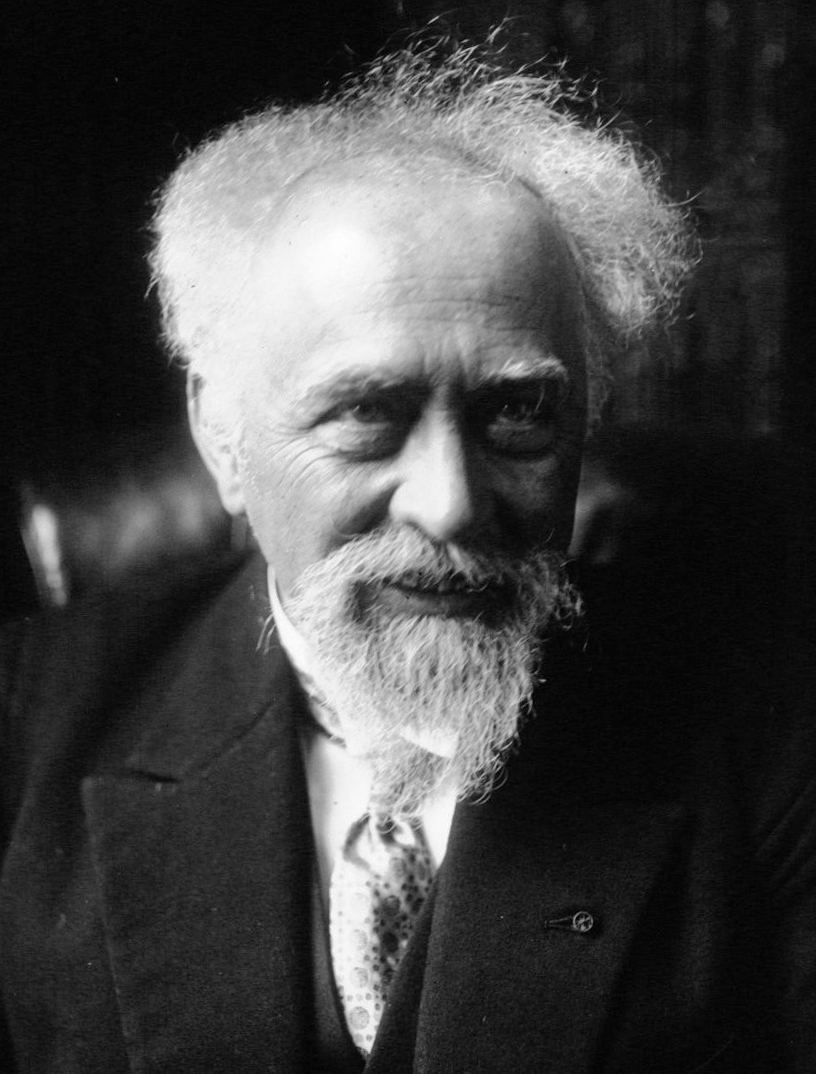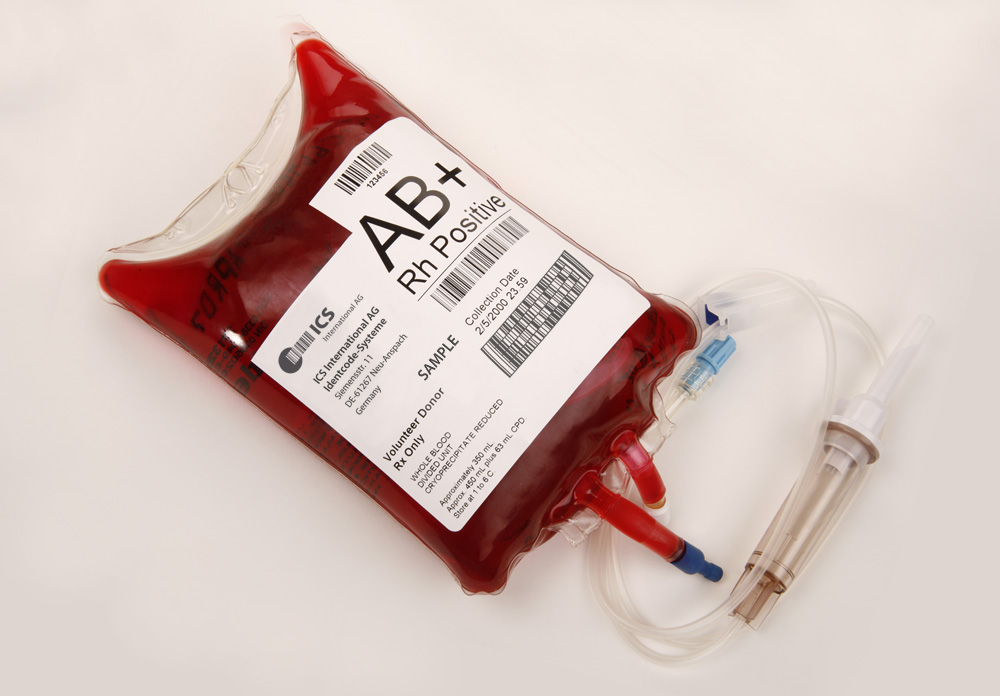|
Tuberous Sclerosis Protein
Tuberous sclerosis proteins 1 and 2, also known as TSC1 (hamartin) and TSC2 (tuberin), form a protein-complex that functions as a GAP for Rheb. The complex is known as a tumor suppressor. Mutations in these genes can cause tuberous sclerosis complex. Depending on the grade of the disease, intellectual disability, epilepsy and tumors of the skin, retina, heart, kidney and the central nervous system can be symptoms. Physiological roles The TSC1/TSC2-complex integrates environmental signals such as stress and energy status in yeast and stress, energy status and growth factors in mammals into TOR signalling. In the case of stress (DNA damage, hypoxia) or low energy availability, it is activated and regulates protein synthesis down. Growth factors lead to an inhibition of the complex and have a positive effect on protein synthesis. Defects in its genes result in less control of cell growth and may cause tuberous sclerosis or tuberous sclerosis complex (TSC). TSC is a rare geneti ... [...More Info...] [...Related Items...] OR: [Wikipedia] [Google] [Baidu] |
TSC1
Tuberous sclerosis 1 (TSC1), also known as hamartin, is a protein that in humans is encoded by the ''TSC1'' gene. Function TSC1 functions as a co-chaperone which inhibits the ATPase activity of the chaperone Hsp90 (heat shock protein-90) and decelerates its chaperone cycle. TSC1 functions as a facilitator of Hsp90 in chaperoning the kinase and non-kinase clients including TSC2, therefore preventing their ubiquitination and degradation in the proteasome. TSC1, TSC2 anTBC1D7is a multi-protein complex also known as the TSC complex. This complex negatively regulates mTORC1 signaling by functioning as a GTPase-activating protein (GAP) for the small GTPase Rheb, an essential activator of mTORC1. The TSC complex has been implicated as a tumor suppressor. Clinical significance Defects in this gene can cause tuberous sclerosis, due to a functional impairment of the TSC complex. Defects in TSC1 may also be a cause of focal cortical dysplasia. TSC1 may be involved in protecting brai ... [...More Info...] [...Related Items...] OR: [Wikipedia] [Google] [Baidu] |
Steroid Receptor
Steroid hormone receptors are found in the nucleus, cytosol, and also on the plasma membrane of target cells. They are generally intracellular receptors (typically cytoplasmic or nuclear) and initiate signal transduction for steroid hormones which lead to changes in gene expression over a time period of hours to days. The best studied steroid hormone receptors are members of the nuclear receptor subfamily 3 (NR3) that include receptors for estrogen (group NR3A) and 3-ketosteroids (group NR3C). In addition to nuclear receptors, several G protein-coupled receptors and ion channels act as cell surface receptors for certain steroid hormones. A steroid hormone receptor is a protein molecule located either within the cell cytoplasm or nucleus that specifically binds to steroid hormones, such as estrogen, progesterone, and testosterone, leading to the activation or suppression of gene expression and subsequent cellular responses. This interaction is crucial for mediating the physiological ... [...More Info...] [...Related Items...] OR: [Wikipedia] [Google] [Baidu] |
Rap1
Rap1 (Ras-proximate-1 or Ras-related protein 1) is a small GTPase, which are small cytosolic proteins that act like cellular switches and are vital for effective signal transduction. There are two isoforms of the Rap1 protein, each encoded by a separate gene, RAP1A and RAP1B. Rap1 belongs to Rap GTP-binding protein, Ras-related protein family. GTPases are inactive when in their GDP-bound form, and become active when they bind to GTP. GTPase activating proteins (GAPs) and guanine nucleotide exchange factors (GEFs) regulate small GTPases, with GAPs promoting the GDP-bound (inactive) form, and GEFs promoting the GTP-bound (active) form. When bound to GTP, small GTPases regulate myriad cellular processes. These proteins are divided into families depending on their protein structure, and the most well studied is the Ras superfamily, of which Rap1 is a member. Whereas Ras is known for its role in Cell growth, cell proliferation and survival, Rap1 is predominantly involved in cell ... [...More Info...] [...Related Items...] OR: [Wikipedia] [Google] [Baidu] |
Chromosome 16
Chromosome 16 is one of the 23 pairs of chromosomes in humans. People normally have two copies of this chromosome. Chromosome 16 spans about 90 million base pairs (the building material of DNA) and represents just under 3% of the total DNA in cells. Genes Number of genes The following are some of the gene count estimates of human chromosome 16. Because researchers use different approaches to genome annotation their predictions of the number of genes on each chromosome varies (for technical details, see gene prediction). Among various projects, the collaborative consensus coding sequence project ( CCDS) takes an extremely conservative strategy. So CCDS's gene number prediction represents a lower bound on the total number of human protein-coding genes. Gene list The following is a partial list of genes on human chromosome 16. For complete list, see the link in the infobox on the right. Diseases and disorders *Attention deficit hyperactivity disorder (ADHD) *Asperger synd ... [...More Info...] [...Related Items...] OR: [Wikipedia] [Google] [Baidu] |
Amino Acids
Amino acids are organic compounds that contain both amino and carboxylic acid functional groups. Although over 500 amino acids exist in nature, by far the most important are the Proteinogenic amino acid, 22 α-amino acids incorporated into proteins. Only these 22 appear in the genetic code of life. Amino acids can be classified according to the locations of the core structural functional groups (Alpha and beta carbon, alpha- , beta- , gamma- (γ-) amino acids, etc.); other categories relate to Chemical polarity, polarity, ionization, and side-chain group type (aliphatic, Open-chain compound, acyclic, aromatic, Chemical polarity, polar, etc.). In the form of proteins, amino-acid ''Residue (chemistry)#Biochemistry, residues'' form the second-largest component (water being the largest) of human muscles and other tissue (biology), tissues. Beyond their role as residues in proteins, amino acids participate in a number of processes such as neurotransmitter transport and biosynthesi ... [...More Info...] [...Related Items...] OR: [Wikipedia] [Google] [Baidu] |
Dalton (unit)
The dalton or unified atomic mass unit (symbols: Da or u, respectively) is a unit of mass defined as of the mass of an Bound state, unbound neutral atom of carbon-12 in its nuclear and electronic ground state and invariant mass, at rest. It is a Non-SI units mentioned in the SI, non-SI unit accepted for use with SI. The word "unified" emphasizes that the definition was accepted by both IUPAP and IUPAC. The atomic mass constant, denoted , is defined identically. Expressed in terms of , the atomic mass of carbon-12: . Its value in International System of Units, SI units is an experimentally determined quantity. The 2022 CODATA recommended value of the atomic mass constant expressed in the SI base unit kilogram is:This value serves as a Conversion of units, conversion factor of mass from daltons to kilograms, which can easily be converted to Gram, grams and other metric units of mass. The 2019 revision of the SI redefined the kilogram by fixing the value of the Planck constant (), i ... [...More Info...] [...Related Items...] OR: [Wikipedia] [Google] [Baidu] |
Chromosome 9
Chromosome 9 is one of the 23 pairs of chromosomes in humans. Humans normally have two copies of this chromosome, as they normally do with all chromosomes. Chromosome 9 spans about 138 million base pairs of nucleic acids (the building blocks of DNA) and represents between 4.0 and 4.5% of the total DNA in cells. Genes Number of genes These are some of the gene count estimates of human chromosome 9. Because researchers use different approaches to genome annotation, their predictions of the number of genes on each chromosome varies (for technical details, see gene prediction). Among various projects, the collaborative consensus coding sequence project ( CCDS) takes an extremely conservative strategy. So CCDS's gene number prediction represents a lower bound on the total number of human protein-coding genes. Gene list The following is a partial list of genes on human chromosome 9. For a complete list, see the link in the infobox on the right. Diseases and disorders The follow ... [...More Info...] [...Related Items...] OR: [Wikipedia] [Google] [Baidu] |
Ribosomal S6 Kinase
In molecular biology, ribosomal s6 kinase (rsk) is a family of protein kinases involved in signal transduction. There are two subfamilies of rsk, p90rsk, also known as MAPK-activated protein kinase-1 (MAPKAP-K1), and p70rsk, also known as S6-H1 Kinase or simply S6 Kinase. There are three variants of p90rsk in humans, rsk 1-3. Rsks are Serine/threonine-specific protein kinase, serine/threonine kinases and are activated by the MAPK/ERK pathway. There are two known mammalian homologues of S6 Kinase: S6K1 and S6K2. Substrates Both p90 and p70 Rsk phosphorylate ribosomal protein s6, part of the translational machinery, but several other substrates have been identified, including other ribosomal proteins. Cytosolic substrates of p90rsk include protein phosphatase 1; GSK-3, glycogen synthase kinase 3 (GSK3); L1 (protein), L1 CAM, a neural cell adhesion molecule; Son of Sevenless, the Ras subfamily, Ras exchange factor; and Myt1, an inhibitor of cdc2. RSK phosphorylation of SOS1 (So ... [...More Info...] [...Related Items...] OR: [Wikipedia] [Google] [Baidu] |
Extracellular Signal-regulated Kinases
This glossary of biology terms is a list of definitions of fundamental terms and concepts used in biology, the study of life and of living organisms. It is intended as introductory material for novices; for more specific and technical definitions from sub-disciplines and related fields, see Glossary of cell biology, Glossary of genetics, Glossary of evolutionary biology, Glossary of ecology, Glossary of environmental science and Glossary of scientific naming, or any of the organism-specific glossaries in :Glossaries of biology. A B C D E ... [...More Info...] [...Related Items...] OR: [Wikipedia] [Google] [Baidu] |
DDIT4
DNA-damage-inducible transcript 4 (DDIT4) protein also known as protein regulated in development and DNA damage response 1 (REDD1) is a protein that in humans is encoded by the ''DDIT4'' gene. Function DDIT4 acts as a negative regulator of mTOR, a serine/threonine kinase that regulates a variety of cellular functions such as growth, proliferation and autophagy. In particular, upregulation of HIF-1 in response to hypoxia upregulates DDIT4, leading to activation of Tsc1/2 via 14–3–3 shuttling and subsequent downregulation of mTOR via Rheb. In addition to hypoxia, DDIT4 expression has also been shown to be activated by DNA damage and energy stress. Clinical significance Clinical interest in DDIT4 is based primarily on its effect on mTOR, which has been associated with aging and linked with diseases such as tuberous sclerosis, lymphangioleiomyomatosis, diabetes, and cancer. In particular, the overactivation of mTOR in many cancer types has led to the development of mT ... [...More Info...] [...Related Items...] OR: [Wikipedia] [Google] [Baidu] |
HIF1A
Hypoxia-inducible factor 1-alpha, also known as HIF-1-alpha, is a subunit of a heterodimeric transcription factor hypoxia-inducible factor 1 ( HIF-1) that is encoded by the ''HIF1A'' gene. The Nobel Prize in Physiology or Medicine 2019 was awarded for the discovery of HIF. HIF1A is a basic helix-loop-helix PAS domain containing protein, and is considered as the master transcriptional regulator of cellular and developmental response to hypoxia. The dysregulation and overexpression of ''HIF1A'' by either hypoxia or genetic alternations have been heavily implicated in cancer biology, as well as a number of other pathophysiologies, specifically in areas of vascularization and angiogenesis, energy metabolism, cell survival, and tumor invasion. The presence of HIF1A in a hypoxic environment is required to push forward normal placental development in early gestation. Two other alternative transcripts encoding different isoforms have been identified. Structure HIF1 is a het ... [...More Info...] [...Related Items...] OR: [Wikipedia] [Google] [Baidu] |


